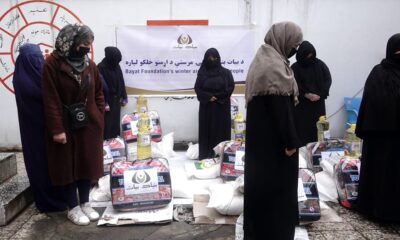Latest News
UN Report: Over 500 civilians killed in Afghanistan during first quarter 2020

According to a United Nations report released on 27 April 2020, over 500 civilians, including more than 150 children, were killed due to the fighting in Afghanistan during the first quarter of 2020.
Anti-Government Elements (AGEs) were responsible for 55 percent and Pro-Government Forces (PGFs) were responsible for 32 percent of all civilian casualties in the 3 months of 2020, the report indicates.
It highlights the urgent need for all parties to the conflict to do more to protect civilians from harm, especially in view of the looming threat posed to all Afghans by COVID-19.
As per the report, the UN Assistance Mission in Afghanistan (UNAMA) documented a total of 1,293 civilian casualties (533 killed and 760 injured) in Afghanistan during the first three months of the year.
It has noted concerns particularly in March, which was hoped that the Government of Afghanistan and the Taliban would commence peace negotiations and prioritize efforts to protect all Afghans from the impact of COVID-19, saw most of the violence, the reported indicates.
The report quotes Deborah Lyons, the Secretary-General’s Special Representative for Afghanistan and head of UNAMA, “I call on all parties to seize the opportunity offered by the Secretary-General’s call for a global ceasefire to focus collective efforts on fighting a common enemy, the COVID-19 pandemic.”
“To safeguard the lives of countless civilians in Afghanistan and to give the nation hope of a better future, it is imperative that violence is stopped with the establishment of a ceasefire and for peace negotiations to commence,” he said.
The report said, “Anti-Government Elements (AGEs) continued to be responsible for the majority of civilian casualties – 55 percent – during the first quarter, causing 710 civilian casualties (282 killed and 428 injured). UNAMA attributed 39 percent to the Taliban, 13 percent to Islamic State of Iraq and the Levant–Khorasan Province (ISIL-KP) and the remainder to undetermined AGEs. The number of civilian deaths attributed to AGEs – particularly the Taliban – increased by 22 percent in the first quarter of 2020 as compared to the same period in 2019, mainly due to an increase in targeted killings and summary executions.”
“Pro-Government Forces (PGFs) were responsible for 32 percent of all civilian casualties during the first quarter of 2020, causing 412 civilian casualties (198 killed and 214 injured). Of concern, PGFs were responsible for more child casualties than AGEs during the first three months of the year and over twice as many child deaths, mainly due to airstrikes and indirect fire during ground engagements,” the report explained.
UNAMA attributed 21 percent of overall civilian casualties to Afghan national security forces, eight percent to international military forces, and the remainder to pro-government armed groups and undetermined PGFs.
The UN, through the report, reiterates its support for the Afghan people and calls for urgent action to save civilian lives.
Source: UN Report
Latest News
Turkish intelligence captures a Daesh member near the Durand Line
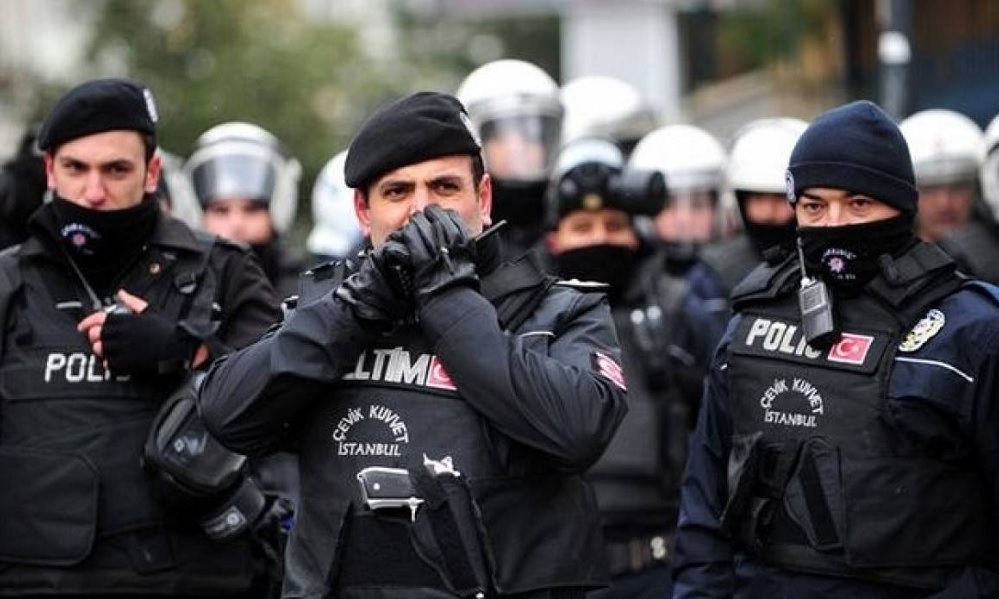
Turkish intelligence agents have captured a senior member of Daesh near the Durand Line, reportedly preventing planned suicide attacks in Turkey and other countries, according to Turkey’s state-run Anadolu Agency on Monday.
The suspect, identified as Mehmet Goren, is a Turkish citizen. He was apprehended during a covert operation and transferred to Turkey. Details on the timing of the operation or the involvement of Afghan and Pakistani authorities were not disclosed.
According to the report, Goren had risen through the ranks of Daesh and was allegedly tasked with carrying out suicide bombings in Turkey, Pakistan, Afghanistan, and Europe.
Daesh has a history of deadly attacks in Turkey, including the January 1, 2017 shooting at an Istanbul nightclub that killed 39 people.
Anadolu Agency reported that Goren’s arrest also provided intelligence on the group’s recruitment strategies and planned activities.
Latest News
Dozens of needy families in Kabul receive winter aid from Bayat Foundation
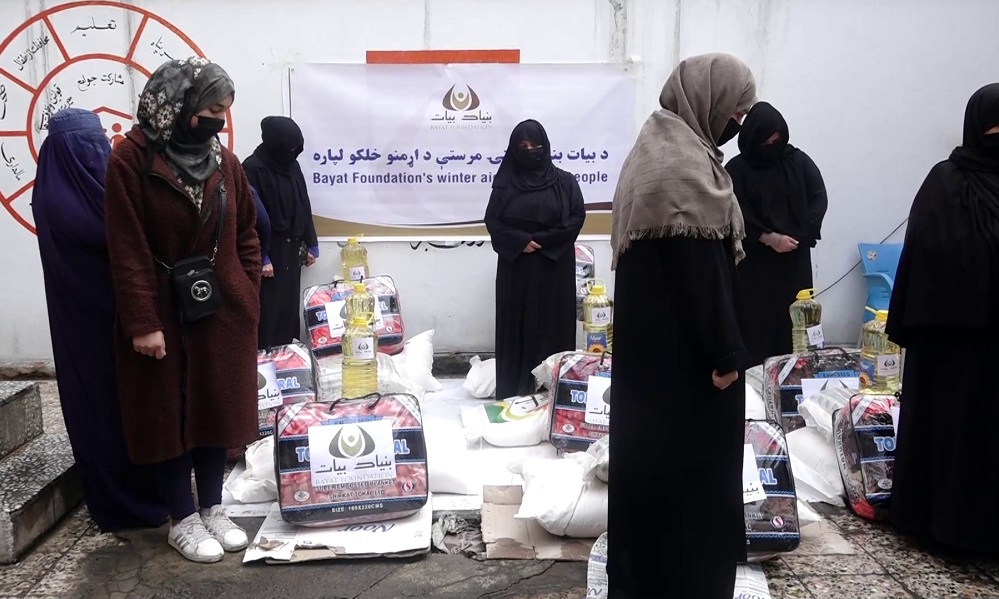
Dozens of needy families in Kabul’s fifth district have received essential winter assistance from the Bayat Foundation, as part of ongoing efforts to ease hardship during the cold season and worsening economic conditions.
According to foundation officials, the aid package includes staple food items such as flour, rice, and cooking oil, along with warm blankets to help families cope with freezing temperatures. Haji Mohammad Ismail, Deputy Head of Bayat Foundation, said the distribution began in Kabul and will soon be expanded to other provinces.
“Our assistance includes flour, rice, cooking oil, and blankets,” Ismail said. “Today, we started distributing these items in Kabul’s fifth district, and God willing, the aid will reach other provinces in the near future.”
Afghanistan continues to face widespread poverty, unemployment, and food insecurity, with many families struggling to meet basic needs, particularly during winter when access to work and heating becomes more difficult.Humanitarian organizations and charitable foundations have stepped up relief efforts to support those most affected.
Beneficiaries welcomed the assistance, describing it as a lifeline. “May God bless you for helping the poor. We had nothing and no work,” said one recipient. Another added, “Thank you for your help. Our flour was almost finished.”
Bayat Foundation officials stressed that winter aid distributions will continue in Kabul and other provinces in the coming days, as part of their broader commitment to supporting needy families across the country.
Latest News
Nearly seven million Afghan refugees return home since Islamic Emirate’s takeover
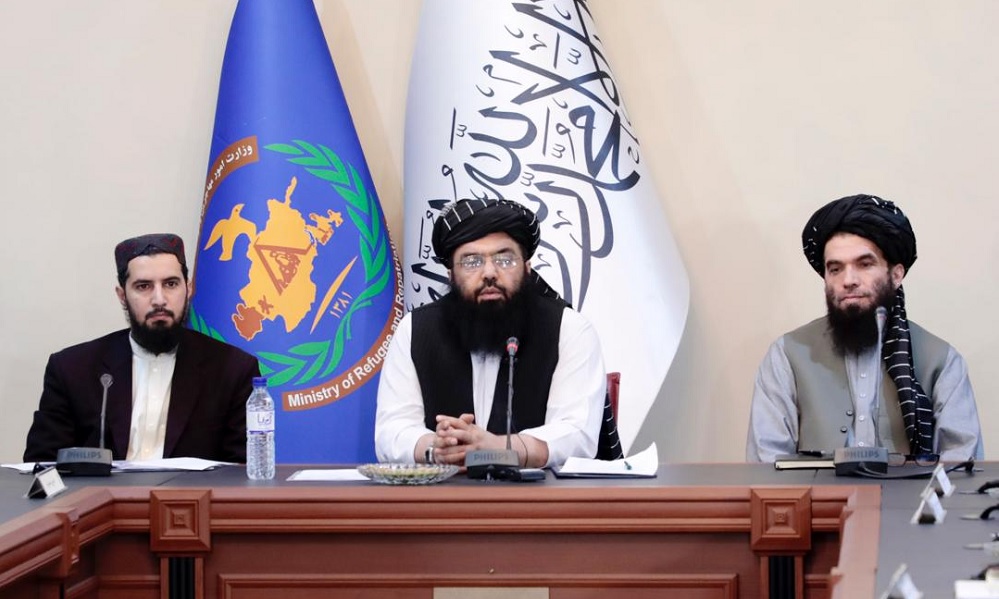
Since the Islamic Emirate came to power, approximately 6.8 million Afghans have returned home, either voluntarily or forcibly, from neighboring countries and other nations, according to the Minister of Refugees and Repatriation.
Mawlawi Abdul Kabir, speaking at a meeting on finalizing a draft plan for a permanent migration solution in Afghanistan, added that 1.3 million Afghans have been internally displaced due to natural disasters during the same period.
With winter approaching, widespread poverty and severe cold are threatening thousands of lives. Meanwhile, the forced expulsion of Afghan migrants from neighboring countries, particularly Iran and Pakistan, continues.
The Islamic Emirate has repeatedly urged neighboring states to allow migrants to return voluntarily. According to UNHCR, over two million Afghans have returned from Iran and Pakistan since the start of 2025.
-
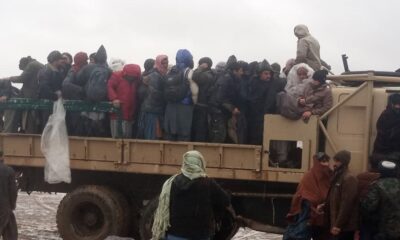
 Latest News3 days ago
Latest News3 days agoAfghan border forces prevent illegal entry of hundreds into Iran
-
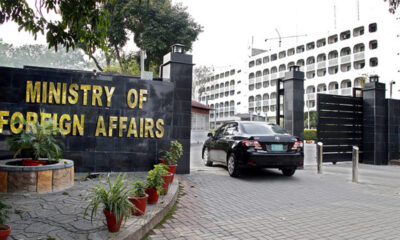
 Latest News3 days ago
Latest News3 days agoPakistan summons Afghan diplomat over deadly attack in North Waziristan
-

 Latest News1 day ago
Latest News1 day agoAfghanistan signs 30-year deal for marble mining in Daikundi
-
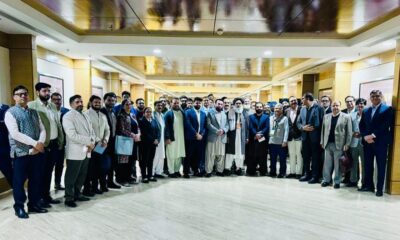
 Latest News2 days ago
Latest News2 days agoAfghan health minister calls for medical cooperation between Kabul and New Delhi
-
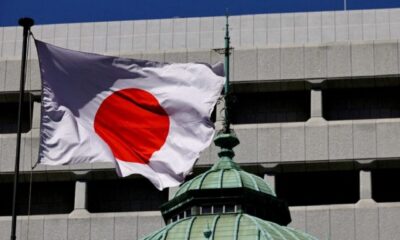
 Latest News3 days ago
Latest News3 days agoJapan allocates nearly $20 million in humanitarian aid for Afghanistan
-
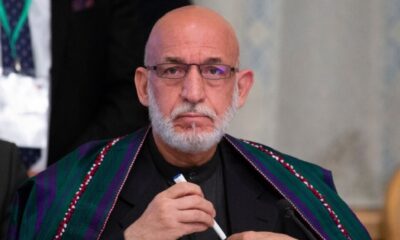
 Latest News3 days ago
Latest News3 days agoKarzai urges reopening of girls’ schools and universities for Afghanistan’s bright future
-
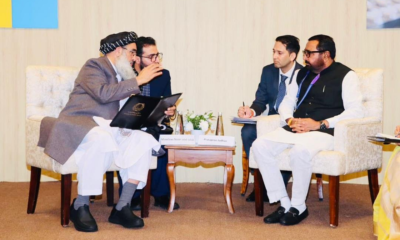
 Health5 days ago
Health5 days agoAfghanistan seeks India’s support in standardizing traditional medicine
-

 World5 days ago
World5 days agoUS readies new Russia sanctions if Putin rejects peace deal, Bloomberg News reports




